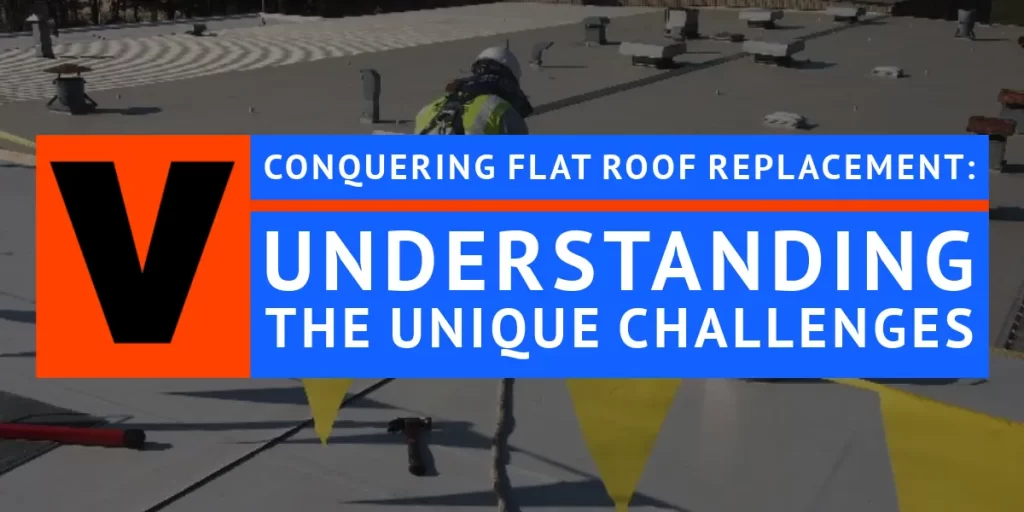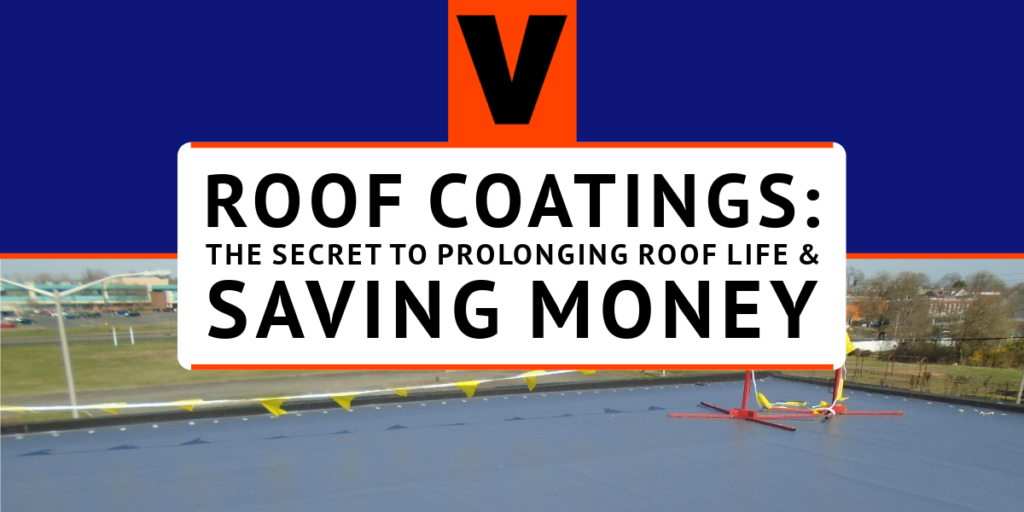Your commercial roof plays an important role in protecting your building, employees, and assets from external elements. However, it is also fragile. Even a minimum of foot traffic can lead to damage and premature wear and tear.
You may not be concerned about how much foot traffic your roof handles because you don’t have people walking on it every day. Your flat roof makes an ideal platform for solar panels, HVAC units, antennas, satellite dishes, pipe ducts, elevator equipment, and other rooftop equipment which require regular inspections and servicing. There’s also the potential danger of employees and maintenance workers tripping, slipping, and falling as they walk on the roof.
What’s the solution to such issues? Walk pads in high foot-traffic areas of the roof. This will help mitigate potential damage and create a safe, anti-slip surface for anyone walking on the roof.
Walk Pads: What They Are
Walks pads are made of thermoplastic, rubber, or plastic material. They are placed on top of the roof membrane to provide visually designated walkways. Walk pads for flat roofs are highly flexible, impact-resistant, and non-absorbent.
They typically have a slip-resistant textured surface and come in rolls. Walk pads rest on top of the roof without penetrating the moisture barrier or causing any damage. They are commonly made of the same material as the roof coating.
Where to Install Rooftop Walk Pads
Walk pads should be installed at all access points and areas exposed to repetitive foot traffic, such as hatches, access doorways, rooftop ladders, and around all rooftop equipment requiring regular maintenance such as vents, pumps, and HVAC units.
Walk pads should also be installed in a straight line to provide access paths to the equipment. These paths can help control traffic flow and should be installed with structure and safety in mind. Also, it may be helpful to have the walk pads installed with the shortest path to equipment for efficiency and ease of access.
Why Have Walk Pads
When it comes down to why your flat roof needs walk pads, safety should be your first priority. Your roof can be a dangerous place to walk on, regardless of whether it is made of TPO, EPDM, or metal seams. Also, not everyone who will walk on the roof is a professional with the right training.
Installing solid, stable, slip-resistant walk pads on your roof is an easy and economical way to satisfy OSHA requirements and prevent slip and fall injuries. Because your roof is safer to walk on, you also reduce your liability and the chances of legal actions against you.
Increase the Roof’s Longevity
Repeated foot traffic on your roof’s membrane can speed up wear and tear, which can lead to costly repairs as well as premature roof failure. There’s an increased possibility of the roof membrane or coating being punctured should hand tools, work boots, fasteners, access panels, or any sharp objects be dropped when your rooftop equipment is being inspected or repaired.
The punctures may not be that significant visually speaking, but even the smallest one can create entryways for moisture penetration and extensive leak issues. Why spend thousands of dollars on a quality roof system only to have it damaged due to poor upkeep?
Adding resilient puncture-resistant protection pads mitigates potential damage to the roof membrane by directing traffic to a clear demarcation route. The roof walk pads uniformly distribute the pedestrian and heavy equipment load across the roof surface, which helps prevent damage and the need for frequent repairs. As a result, the integrity of your roof will be preserved and its longevity extended.
Easier Access to Equipment
Your rooftop equipment is important to keep your operations running efficiently. But having maintenance workers walking on slippery surfaces, moving under and around ductwork, or crawling up and over piping will affect their safety, efficiency, and the life of your roof.
Whether your workers need to install holiday lights or a technician needs to fix the HVAC, investing in walk pads gives them the ease and confidence to walk on the roof. This translates to easier access to equipment and pipes, reduced labor time, and higher productivity.
While it’s true you need walk pads for the protection of your flat roofing, there are many product options and installation methods. Vanguard Roofing experts will gladly answer your questions and help you choose the best product to enhance your building’s safety and extend the life of your roof.
We provide industrial, commercial, and institutional roofing services in the Mid-Hudson Region. We have experience working with single ply, metal, and flat roof membranes. Contact us today for walk pads installation or any other flat roofing needs.



